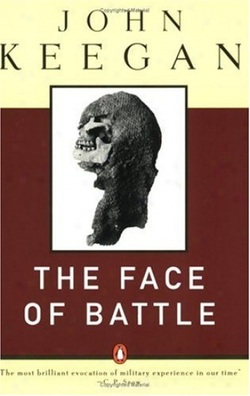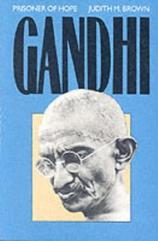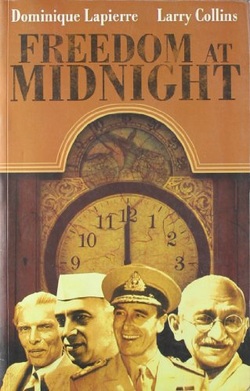In the years just prior to the Second World War, Wingate stumbled across an all too human problem in his own life, and came across what was a practical, if unexpected, solution. The solutions available to him depended entirely on previous life circumstances. As those solutions matured out of perceived necessity and into deliberate, planned action, their character--and the presumed character of their author--shifted, the way the sound of siren can sound different depending upon whether its vehicle is moving towards you, or moving away.
In 1938, Wingate became a Zionist. Nothing about his previous experiences quite forecast his sudden determination to help European Jews establish a Palestinian homeland. We, in the twenty-first century, know of events that Wingate never lived to see, and so the word Zionism tastes clear and strong in our mouths, giving off flavors either bitter or sweet. For the British, the word lacked some (though not all) of its pungency in 1938.
Here is the key fact to understanding Wingate's adoption of Zionism: It occurred in the company of his wife. He had sold himself as a man of action, and now had to prove it after months of relative indolence and sloth. The fallout from this impulse would bend (but not break) the Wingate marriage, and would permanently reshape their social and political interactions with their peers, followers, friends, and leaders.




 RSS Feed
RSS Feed